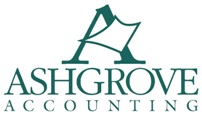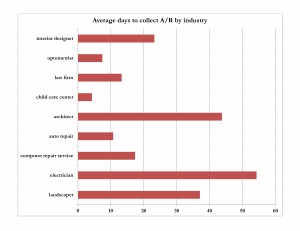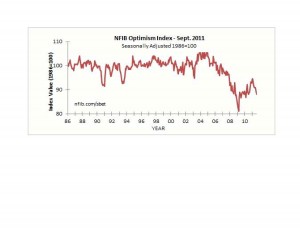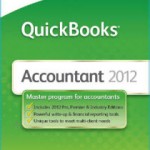Price increases are a beautiful thing
I’ve worked with too many business owners that are reluctant to raise prices on the products or services they sell, mostly out of fear that they’ll lose customers. What you may not realize is just how many customers you’d have to lose, before any impact is felt on profitability.
My last blog post illustrated the (somewhat) devastating effect that price cutting will have on business profitability. Now let me discuss the brilliant impact raising prices will have on your gross profit.
Using the same example in my previous post on pricing, there are 1000 units being sold for $20 each, with a cost of $10 each.
SELL: $20 X 1000 units = $20,000 COST: $10 X 1000units = $10,000 ($20,000-10,000 = 50% profit)
If you raise your selling price by just 5% (or $1.00), you would increase gross profit by $1000. Your gross profit margin was 50%, and would now bump up to 52%. Furthermore, you would have to lose more than 9% of your product sales before you would begin to lose gross margin profit.
9% = 90 units, which lowers the sales from $21,000 to $19,110, after cost of product is backed out, your gross profit is again $10,000. This gets a little technical, but bear with me…..
Raise your selling price by 20% and your gross profit would leap to 58% (this is huge folks). You would have to lose more than 28% of your sales (or customers) before the impact would be felt on profit.
My point is that most loyal customers will not stop using your service or purchasing your product because prices went up 5%, perhaps not even 20%, but the effect to your profitability is significant. Just stop and consider this for a moment, especially when you compare it to my point in the price cutting blog post, about how many more units you’ll need to sell to make up for the reduced price. It is not a 1 to 1 relationship. Notice below, how quickly the units needed to sell outpaces the units you can afford to lose (sales on), based on the same percentage of price cut or price increase.
Cut prices by 5% and you need to sell 111 more units. Raise prices by 5% and you can afford to lose the sale of 90 units.
Close you QuickBooks file, and stop examining your accounting records. The mystery shouldn’t be in whether to raise or lower prices. The challenge is to figure out how to raise prices, without affecting or alienating your customer base. And yes, this pricing theory applies to retailers as well as professional service firms. It doesn’t matter if your selling a potted flower, or billing out at $110 per hour.
Have you raised prices in the past three months? If so, let me know about it and how your customers reacted in the comments section.
Posted in: Blog
Leave a Comment (0) →





